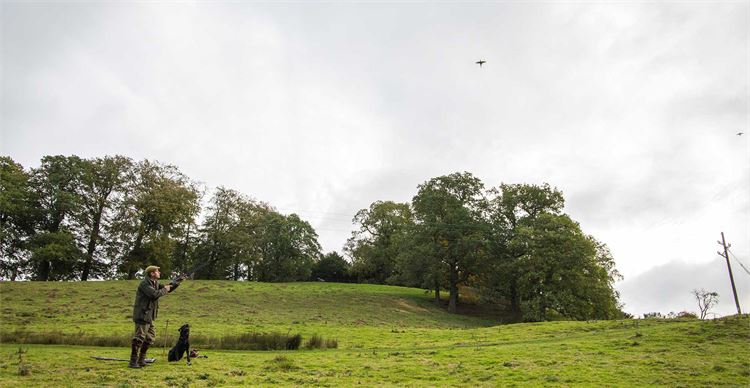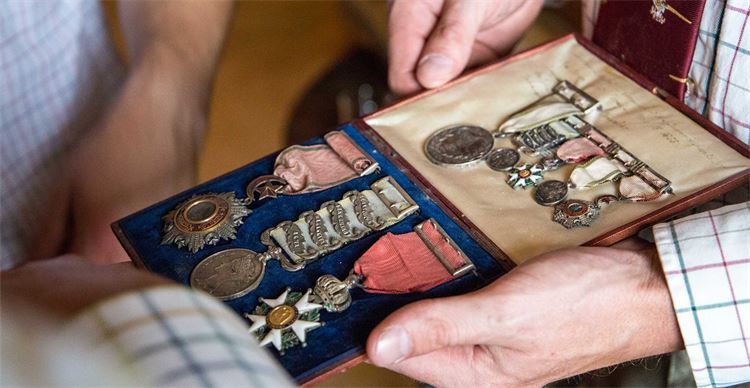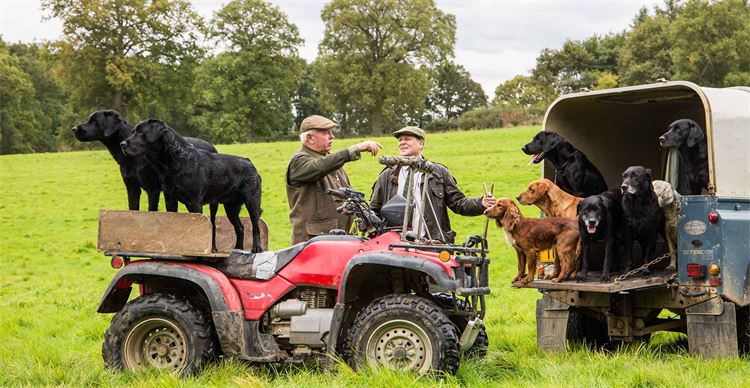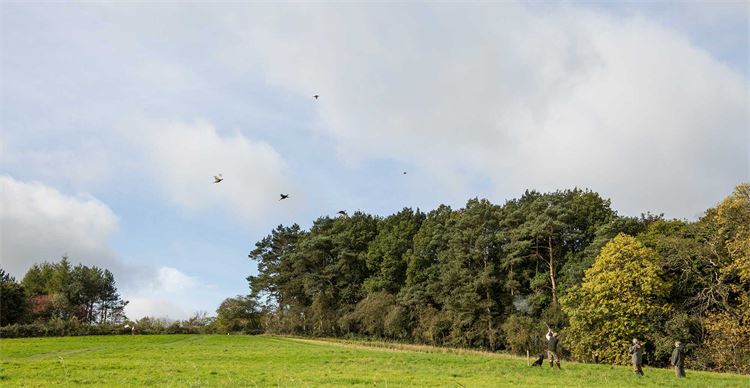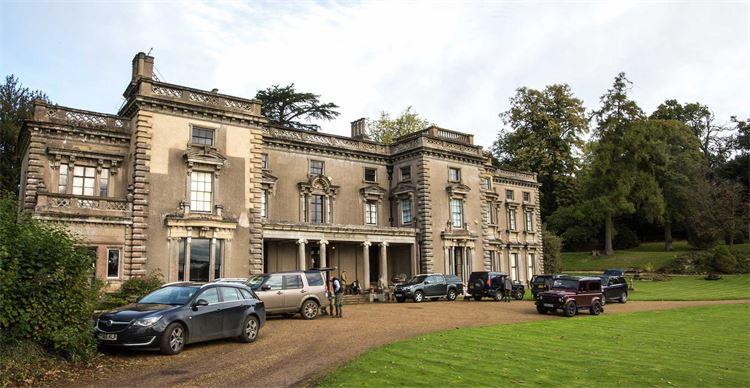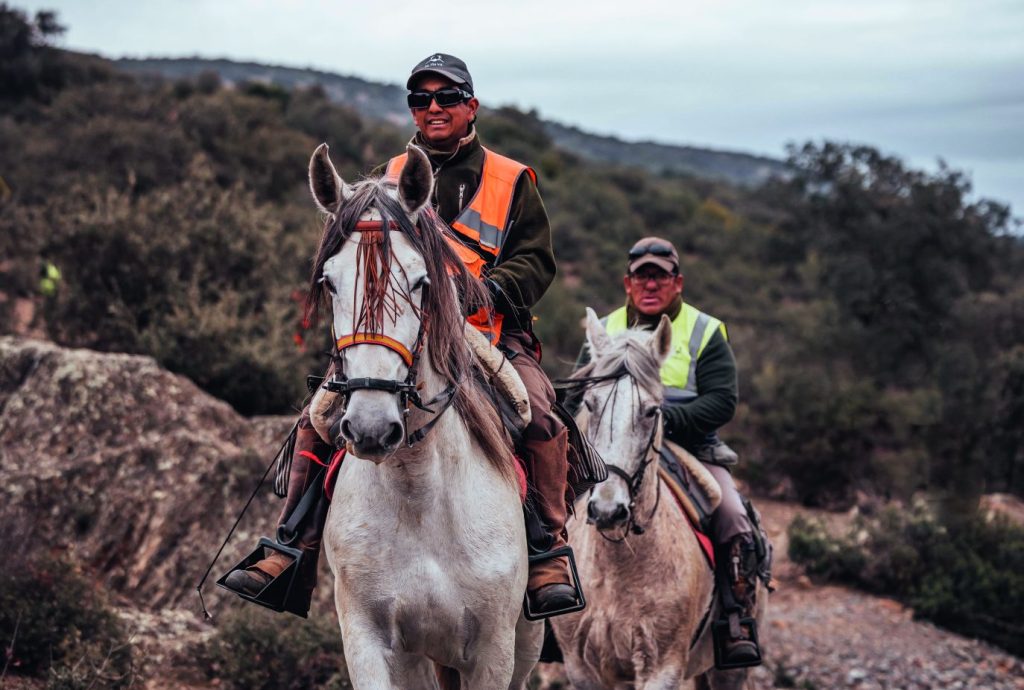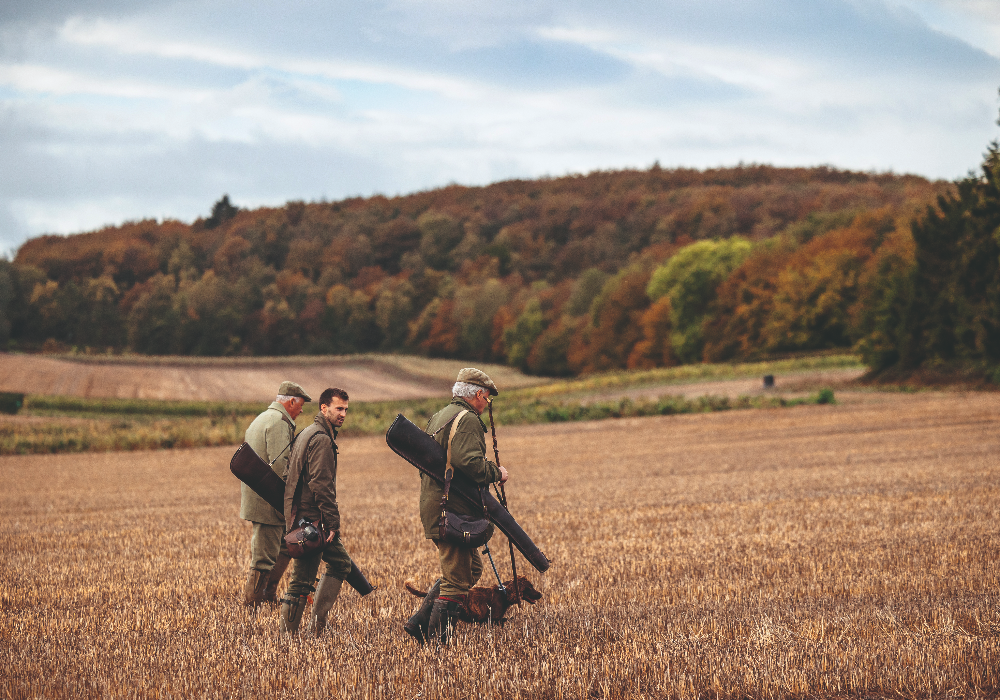Shuckburgh Hall shoot
Owned by the same family for over a thousand years, the Shuckburgh Hall shoot in Northamptonshire strikes a beguiling balance between treasuring the past and thinking about the future.
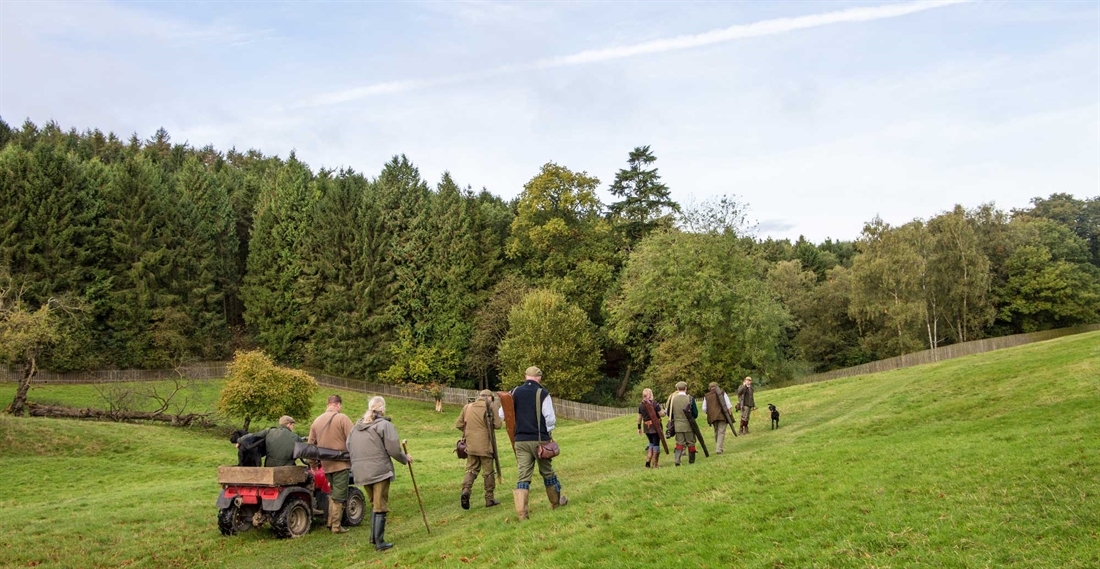
Tradition is an inherent part of game shooting, and yet, stop for a minute and consider what has changed over the past few hundred years, and our oft-quoted ‘stuffy and archaic’ sport appears a little more pioneering.
Flick back through David S. D. Jones’ fascinating pieces in previous issues of Fieldsports and you will find many examples of tools and practices now relegated to the past: man traps and spring guns for tackling poachers; the use of tethered broody hens on rearing fields; head and tail payments for vermin control…
Certain areas do retain similarities to the early days of driven shooting, though. The dress code and general format of a day haven’t changed an awful lot, for example Neither has much of the etiquette, nor the essential design of breech-loading shotguns.
It was early last season during a visit to the Shuckburgh Hall shoot on the Warwickshire/Northants border that really got me thinking about this. After winding my way through the estate’s parkland, admiring the fallow herd scattered beneath the old oaks and horse chestnut trees, I drew up by the imposing hall that Sir James Shuckburgh Bt. now calls home, in readiness for his first day’s shooting of the season.
The 3,500-acre estate is steeped in history. The Shuckburgh family seat for over 1,000 years, it’s a prime example of a place where bygone times set the scene and modern practices make things easier – they seem to have hand-picked the best of both.
Wall-sized oil paintings, mounted skulls, tapestries and ornate furniture adorn the entrance hall where Guns meet to draw pegs. Fingers of flame danced in the grate, heavy chandeliers hung overhead and the large sash windows threw the morning light generously into the room. On a good day, I’m told the Welsh Black Mountains are visible to the west, some 150 miles away.
The hall is a veritable treasure trove for anyone with even a vague interest in times past. On this day, three leather-bound gamebooks dating back to the 19th century lay on the table in the centre of the entrance hall, each containing meticulously kept records starting in 1886 which feature absurd numbers of feral cats, and everything from rats to fallow bucks – all displayed in arrow-straight lines of ink.
Shooting every fortnight, Sir James hosts all 10 days put on each season at Shuckburgh. “It’s a relaxed affair, but I’ve always been a big believer in retaining a bit of order and professionalism, if only to help the day run more smoothly,” he explained to me as the last dregs of coffee were drained from cups, and coats and wellies were donned, ready for the off. “Bag sizes are relatively unimportant here, but we typically shoot 150 head a day.”
The first drive, Cannon Bank – so called because of the ancient pieces of artillery which still rest proudly atop the precipice which faces the line of Guns – was a short walk away through the park. Hardly had the team reached their pegs and unsleeved their Guns when a walker appeared on the horizon. With a brief few words on the radio, the beating team’s early progress halted, and guns broken, proceedings paused whilst everyone wished the pleasant lady a good morning. “It’s amazing how much we rely on modern technology on shoot days today,” James smiled. “Just imagine running a shoot day without radios…”
As the first birds of the season launched themselves from the bank in front of us – pheasants which soared over the line as though fired from the cannons themselves – my mind kept returning to that point: what other advantages does modern technology offer during a day in the field?
Sir James was clearly thinking along the same lines, although not focusing on the advantages. “Mobile phones are quite easy to deal with,” he said as his black lab Thunder retrieved a hen bird to hand. “If you use one on a drive here, it’s an automatic fine and the proceeds go to charity. Last year we raised £1,400 for the air ambulance!”
The picking-up team’s quad bike and trailer passed us as we joined the rest of the Guns heading back to the Gunbus. “ATVs, too – where would we be without them?” Sir James pointed out.
Throughout the day, many a conversation could have been linked in some way to this theme. ‘How have attitudes towards game handling and hanging times changed?’ ‘Why do so few people now have an understanding of where their food comes from?’ ‘How have working dogs changed?’ ‘Have people always drunk alcohol on a shoot day?’ ‘Why do some people now yearn to shoot higher and higher birds and consider anything sporting but more killable, inferior?’
Indeed, the birds on the second and third drives of the day, ‘Seven Acre’ and ‘Gardens’, might have been sniffed at by high bird aficionados, but by shooting selectively the team were able to pick the cream of the crop and enjoy some fine sport. The shoot’s decision to buy pheasant poults in early clearly works for them; the birds were well matured for the time of year.
Then to lunch. Served in an old brick barn, what a joy it was to see everyone involved mixing together – beaters, pickers-up and Guns of all ages. It felt like a Boxing Day shoot. “For me, a day’s shooting is about the three S’s; the scenery, the social, and the shooting,” said returning Gun Andrew Barbour as he tucked into his sausage bap and a tipple of raspberry gin. “And here, they have all three.”
The final two drives of the day – they have 14 in total on the shoot, with plans to build on this going forward – were quite different. Top Goarne saw the line split either side of a thick, almost impenetrable shelterbelt – half the line in grass pasture and the rest in a wild bird seed mix. Stuffed full of birds, but the wind direction and flatter ground not conducive to stop-you-in-your-tracks presentation, it was in stark contrast to Roundhill, a tucked away woodland bowl intersected by a wide ride on which the Guns were pegged – a drive I suspect can be quite special as winter ages.
As the Gunbus trundled back to the hall, talk turned, perhaps inevitably, to the game meat market. “We’re quite fortunate as we already have a relationship with a number of local pubs who take our venison from the park,” explained Sir James. “So any game not taken by the Guns and beaters features on their winter menus.
“We’ve no desire to increase the number of days we host here, nor the quantity of birds we put down,” he continued. “A shoot day is about so much more than that.”
I imagine Sir James was referring to the extra details at Shuckburgh you’d be hard pushed to find elsewhere. Before dinner, our team had the opportunity to examine all manner of interesting artefacts: a dress sword presented in 1855 to Major Shuckburgh of the Scots Fusilier Guards by the tentary of the Shuckburgh Estate; 160-year-old medals from the Crimean War; an enormous ‘to scale’ oil painting of a fallow buck that once resided on the estate, weighing, apparently, a mighty 24stone, and standing 6ft high at the shoulder…
Without question, in today’s world we must embrace the new and the modern and use it to our advantage, but what a shame it would be to lose sight of such a rich and fascinating past which still contributes so much to the charm of our country sports.
Related Articles
Get the latest news delivered direct to your door
Subscribe to Fieldsports Journal
Elevate your experience in the field with a subscription to Fieldsports Journal, the premium publication for passionate country sports enthusiasts. This bi-monthly journal delivers unparalleled coverage of game shooting, fishing and big game across the UK and beyond.
Each issue offers a stunning collection of in-depth features, expert opinions and world-class photography, all presented in a timeless yet contemporary design.
Save 10% on shop price when you subscribe, with a choice of packages that work for you. Choose from Print & Digital or Digital only with each journal delivered directly to your door or via the app every other month, plus access to past issues with the digital back issue library.






